"Time machine" explores the early universe
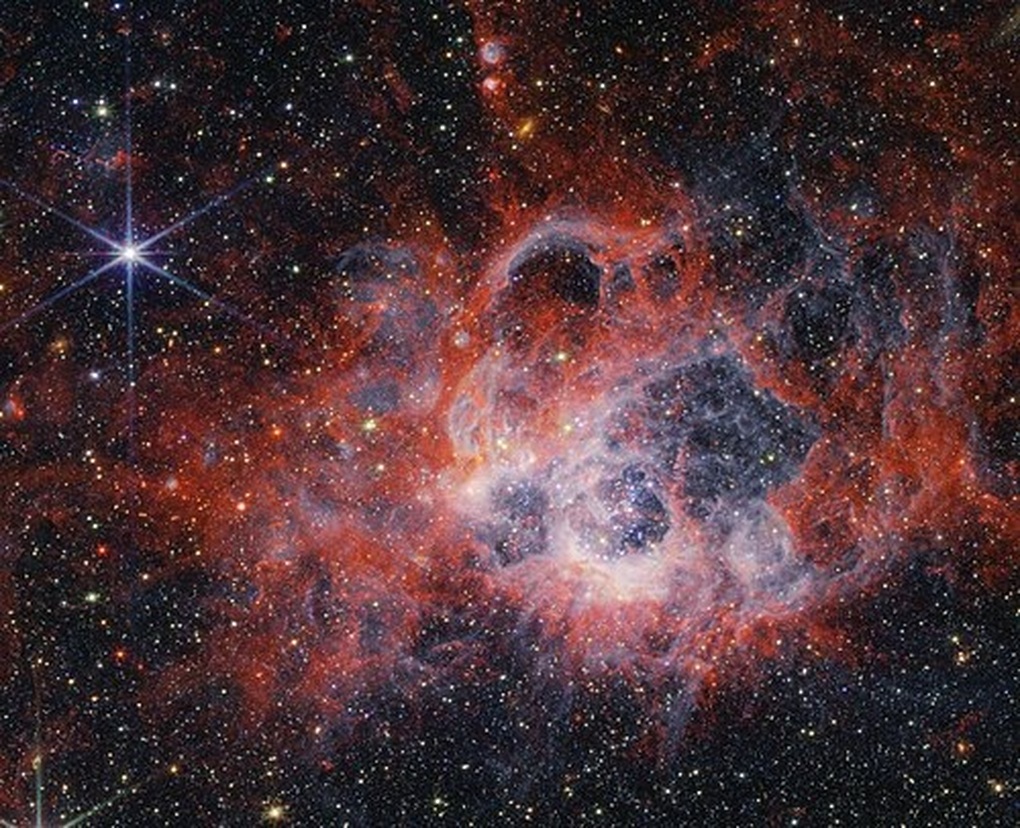
Since its launch in December 2021, the James Webb Space Telescope has orbited Earth more than a million miles, sending back breathtaking images of deep space.
So, what enabled Webb to "see" so far, even back in time to explore the early universe?
The secret lies in Webb's powerful camera system, especially its ability to capture infrared light – a type of light that the human eye cannot see.
When Webb takes a picture of a distant galaxy, astronomers are actually seeing that galaxy billions of years ago.
Light from the galaxy has traveled through space for billions of years to reach the telescope's mirror. It's like Webb is a "time machine" capturing images of the universe in its earliest stages.
By using a giant mirror to collect this ancient light, Webb is uncovering new secrets about the universe.
Webb: The telescope that "sees" heat
Unlike the Hubble telescope or conventional cameras, which only take pictures of visible light, Webb is designed to record infrared light.
Infrared light has longer wavelengths than visible light, so it is invisible to the human eye. However, Webb can capture this type of light to study the earliest and most distant objects in the universe.
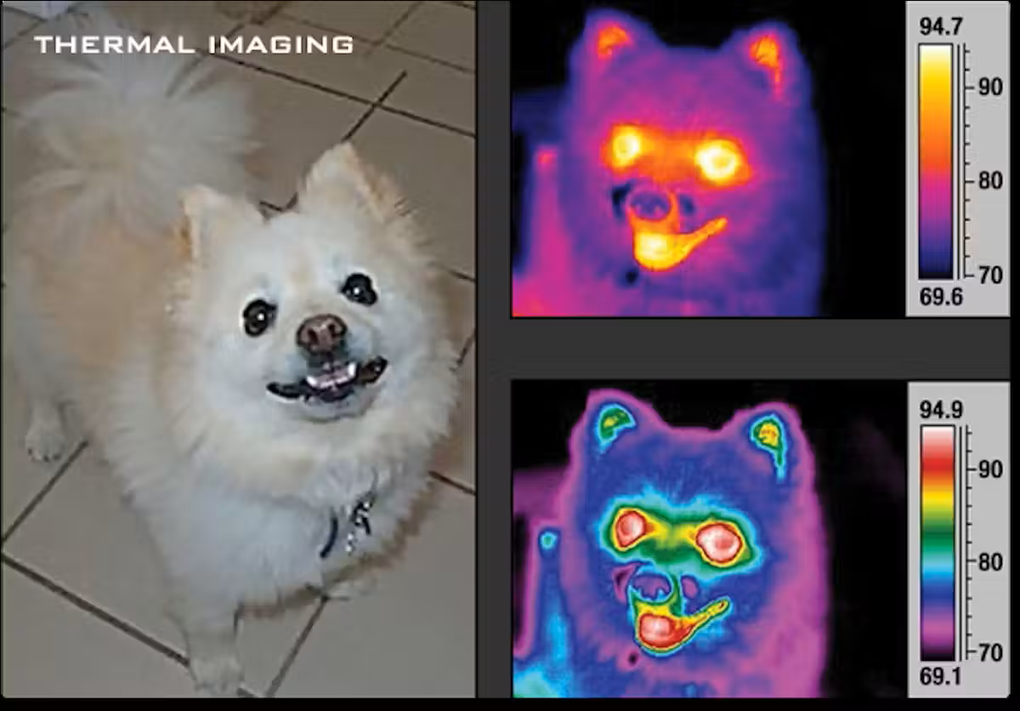
Although infrared light is invisible to the human eye, specialized devices such as infrared cameras or thermal sensors can detect it as heat.
Night vision goggles, which use infrared light to detect warm objects in the dark, are a prime example. Webb also applies similar technology to study stars, galaxies and planets.
The reason Webb uses infrared light is because as visible light from distant galaxies travels through space, it is stretched out due to the expansion of the universe.
This expansion converts visible light into infrared light. As a result, the most distant galaxies in space no longer glow in visible light but in faint infrared light. Webb is specifically designed to detect this type of light.
Giant Golden Mirror: Collecting the Faintest Light
Before the light reaches the camera, it must be captured by Webb’s giant gold mirror, which is more than 6.5 meters wide and is made up of 18 smaller mirrors arranged like a honeycomb.
The mirror surface is covered with a thin layer of gold, not only to increase aesthetics but also because gold reflects infrared light extremely well.
This mirror collects light from deep space and reflects it onto the telescope's instruments. The larger the mirror, the more light it collects and the farther it can see. Webb's mirror is the largest ever sent into space by humans.
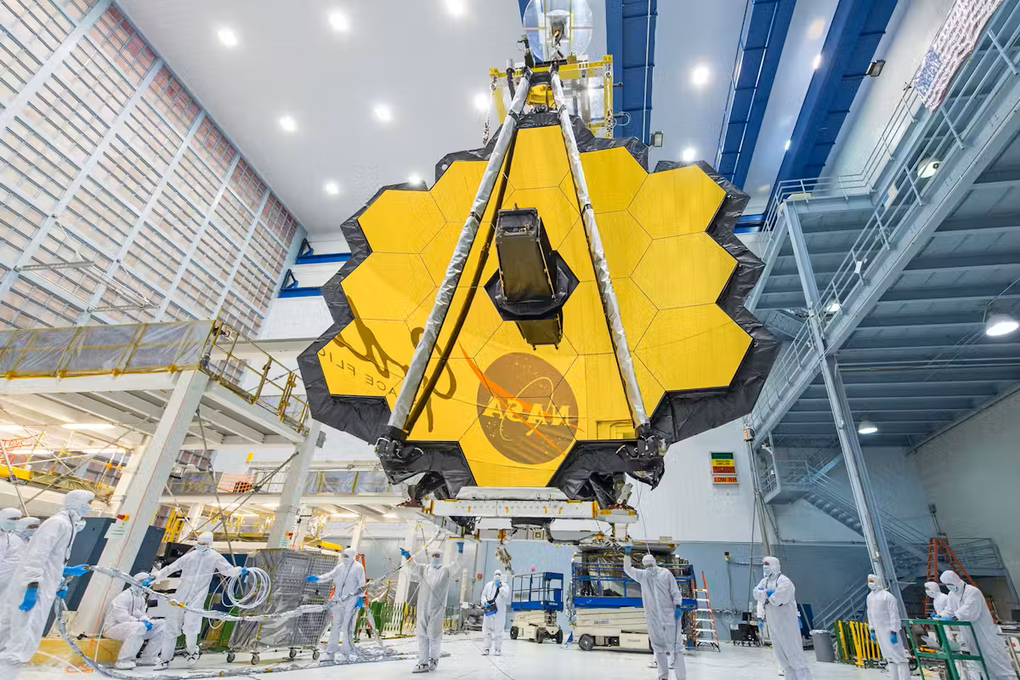
NIRCam and MIRI: Webb's super-sensitive "eyes"
Webb's two most important scientific instruments, which act as cameras, are NIRCam and MIRI.
NIRCam (Near Infrared Camera) is Webb’s main camera, which takes stunning images of galaxies and stars. It also has a coronagraph – a device that blocks starlight so it can take images of very faint objects near bright light sources, such as planets orbiting bright stars.
NIRCam works by capturing near-infrared light (the closest type of light to what the human eye can see) and breaking it down into different wavelengths. This allows scientists to not only determine the shape of an object, but also its composition.
Different materials in space absorb and emit infrared light at specific wavelengths, creating a unique “chemical fingerprint.” By studying these fingerprints, scientists can learn about the properties of distant stars and galaxies.
MIRI (mid-infrared instrument) detects longer infrared wavelengths, which are particularly useful for detecting colder and dustier objects, such as stars still forming inside gas clouds. MIRI can even help find clues about the types of molecules in the atmospheres of planets that could support life.
Both cameras are much more sensitive than standard cameras used on Earth. NIRCam and MIRI can detect the tiniest amount of heat from billions of light-years away. If you had Webb’s NIRCam as your eyes, you could see the heat from a bee on the Moon.
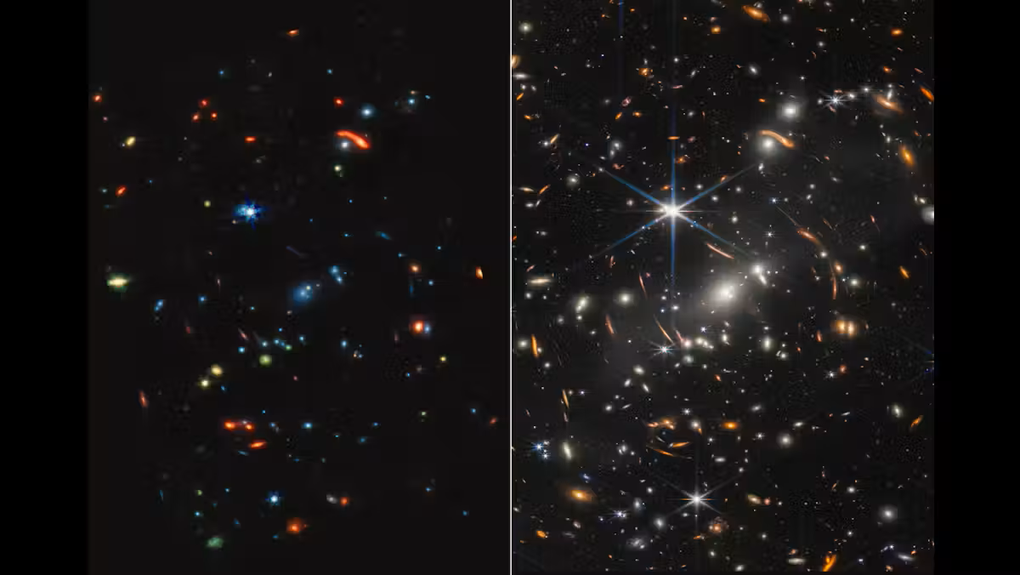
To detect faint heat from distant objects, Webb needs to stay extremely cold. That’s why it carries a giant sunshield the size of a tennis court. This five-layer sunshield blocks heat from the sun, Earth, and even the moon, keeping Webb at a temperature of around minus 223 degrees Celsius.
MIRI needs to be even colder, so it has its own special refrigerator, called a cryocooler, to keep it close to minus 266 degrees Celsius. If Webb were even a little warmer, its own heat would overwhelm the faint signals it was trying to detect.
Turn space light into vivid images
When the light reaches Webb's camera, it hits sensors called detectors. These detectors don't take regular pictures like a phone camera.
Instead, they convert infrared light into digital data, which is then sent back to Earth, where scientists process it and turn it into full-color images.
The colors we see in Webb’s images aren’t what the camera “sees” directly. Since infrared light is invisible, scientists assign colors to different wavelengths to help us understand what’s in the image.
These processed images help reveal the structure, age, and composition of galaxies, stars, and more.
By using a giant mirror to collect invisible infrared light and send it to ultra-cold cameras, the James Webb telescope has let us see galaxies forming right from the beginning of the universe, meaning we're seeing what happened about 14 billion years ago.
Source: https://dantri.com.vn/khoa-hoc/bi-mat-giup-kinh-vien-vong-james-webb-co-the-kham-pha-vu-tru-so-khai-20250710034510062.htm




![[Photo] Cat Ba - Green island paradise](/_next/image?url=https%3A%2F%2Fvphoto.vietnam.vn%2Fthumb%2F1200x675%2Fvietnam%2Fresource%2FIMAGE%2F2025%2F12%2F04%2F1764821844074_ndo_br_1-dcbthienduongxanh638-jpg.webp&w=3840&q=75)



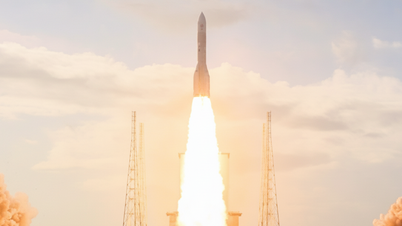



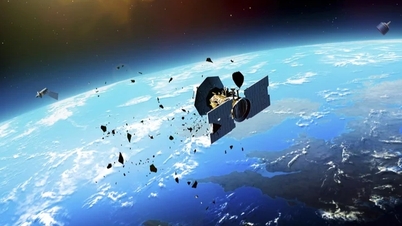
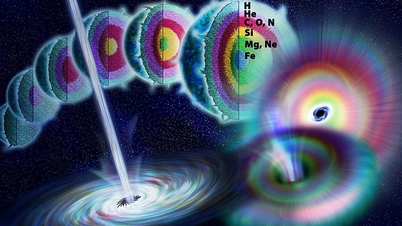
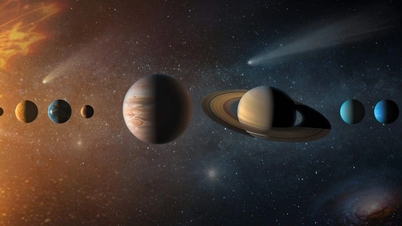
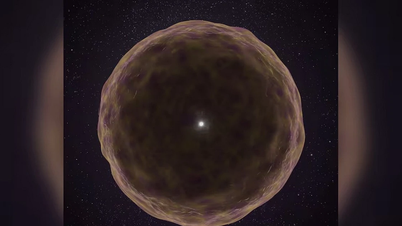





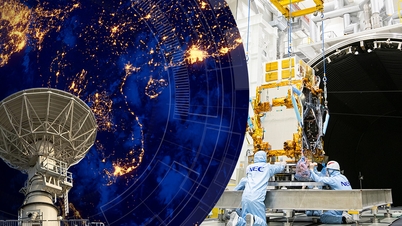



![[Video] Digital system for managing science and technology tasks](https://vphoto.vietnam.vn/thumb/402x226/vietnam/resource/IMAGE/2025/12/04/1764810148741_1764673678503-jpg.webp)














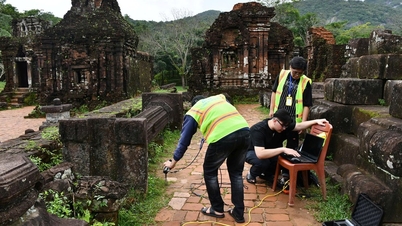

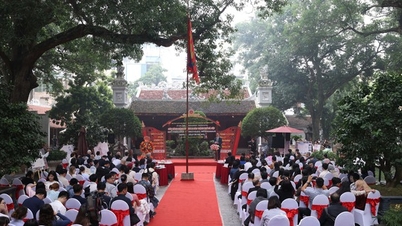



















![[VIMC 40 days of lightning speed] Hai Phong Port determined to break through, reaching the target of 2 million TEUs by 2025](https://vphoto.vietnam.vn/thumb/402x226/vietnam/resource/IMAGE/2025/12/04/1764816441820_chp_4-12-25.jpeg)























































Comment (0)